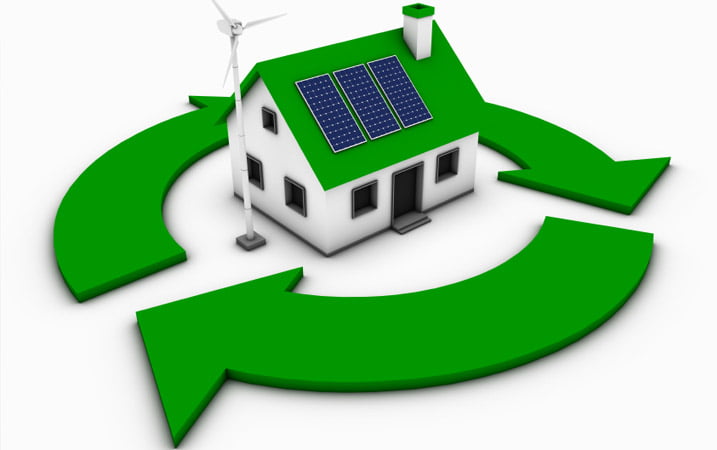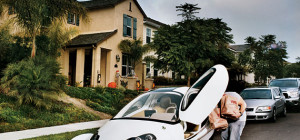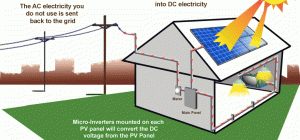Many businesses claim that their company is committed to protecting the environment. Promises like these after all, are easy enough to make. Keeping them, however, is another story. Sometimes, some of these so-called "green businesses" are only concerned with gaining public points by projecting this eco-friendly image. On closer inspection, you might discover practices that are contrary to "concern" for the environment. So how do we know if a business' commitment to the environment is real? One of the things we can do is by checking company premises. And this is where LEED Certification comes in.
What is LEED?
For those who are not familiar with LEED, it stands for Leadership in Energy and Environmental Design. It was developed in 1993 by the U.S. Green Building Council (USGBC). According to wikipedia:
"LEED is intended to provide building owners and operators a concise framework for identifying and implementing practical and measurable green building design, construction, operations and maintenance solutions."
LEED's ratings exist for many different categories. These include new construction, existing buildings, schools, commercial interiors, core and shell, retail spaces, homes, healthcare facilities and neighborhood development. This rating system has not only been applied to buildings in the United States but also to other countries all over the world.
Why LEED?
Good image is not the only fringe benefit of having a LEED-certified building. There are other advantages of green building practices that make it more appealing than the traditional way of construction. Here are some of them:
Lower Operating Costs
Since green building is all about sustainability, then it is built to last longer than traditionally constructed buildings. Measures for efficient use of energy and other renewable sources of energy also help in lowering daily operating costs.
Higher Asset Value
Whether it is for residential or commercial use, LEED certified buildings retain their high resale value because they also include sustainable design components. Prospective buyers know that utility and maintenance costs are definitely lower in green buildings compared to non-green buildings. That knowledge itself adds value to the building. Sustainable office buildings also boasts of higher occupancy levels and low vacancy rates.
Conservation of Water and Energy
Green buildings help conserve water by recycling rainwater as well as greywater and directing it to urinal flow and irrigation purposes. This way, potable water can be preserved and earn you significant water savings. Green buildings are designed in way that promotes the efficient use of energy and this includes using renewable sources. The conservation of water and energy would mean lower utility bills for you.
Healthier and Safer Environment for Occupants
Remember the higher asset value of green buildings? One of the reasons for this is that it is a whole lot safer and healthier for the occupants to either work or live there. The high indoor environment quality also contributes to improved health for employees, which means less absences and improvement in productivity.
Reduced Greenhouse Gas Emissions
Electricity generated by fossil fuels release harmful pollutants that will further aggravate global warming and climate change. Green buildings are engineered in a way that will make the most of renewable energy like solar energy and techniques like daylighting so that energy efficiency will be increased and harmful emissions reduced.
If you want to show your commitment to the environment and embrace social responsibility, having a LEED-certified building or home is the way to go. You can consult commercial construction contractors that support LEED principles to help you out. If you still need a little more convincing, LEED-certified buildings can qualify for tax rebates as well as zoning allowances. Some countries even offer extra incentives to encourage more green buildings.








